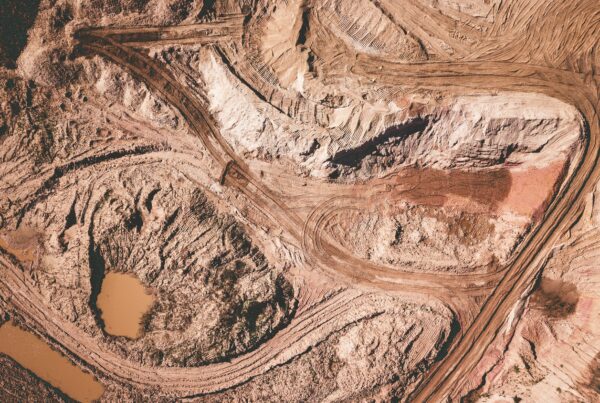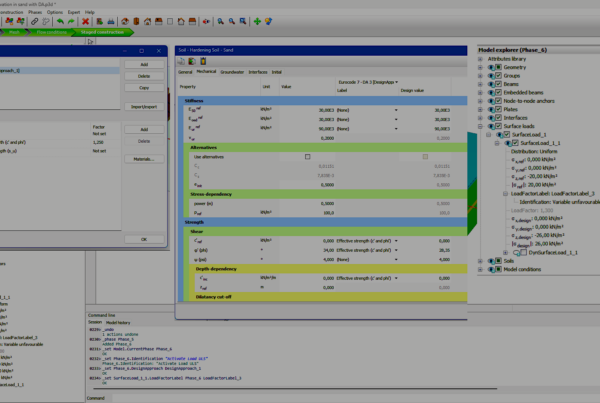Perform limit equilibrium analysis with PLAXIS LE
The essential for LEM slope stability analysis. Accomplish engineering analysis of slope stability, groundwater flow, and consolidation.
Try it nowPerform rapid and comprehensive analysis
Determine the full 3D slip surface at hundreds of locations in extensive models, such as open-pit mines, riverbanks, and road and rail corridors with multi-plane slope stability analysis (MPA).
Automatically calculate the slip direction at each location using orientation analysis features. Design with confidence when considering faults, weak planes, and pore-water pressures.
Get access to the most available search methods on the market including Greco, Cuckoo, Wedges. Use probabilistic analysis such as Monte Carlo, Latin Hypercube, and the Alternative Point Estimation Method (APEM) to build robust digital twins. Further refine models with sensitivity analysis and spatial variability features.
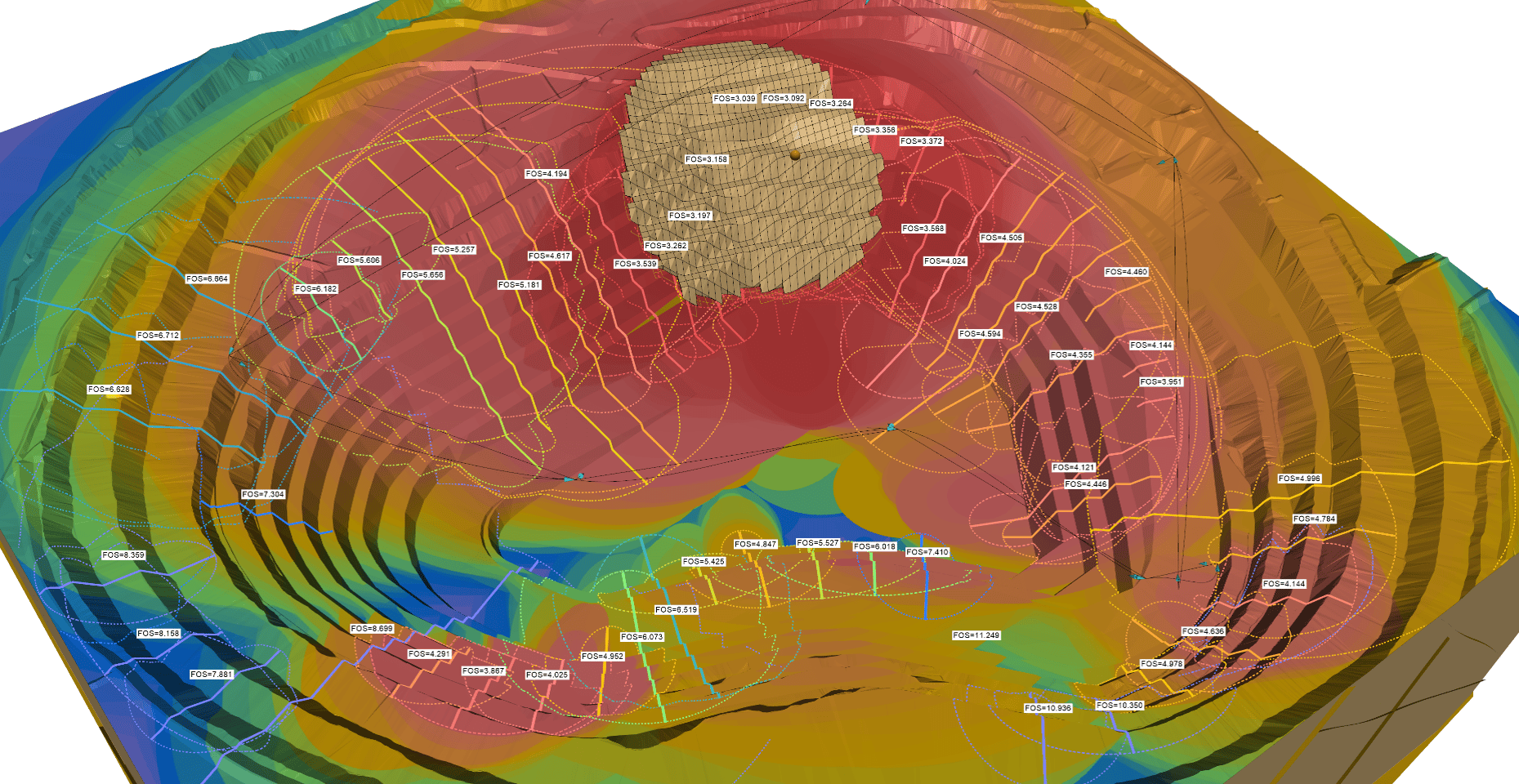
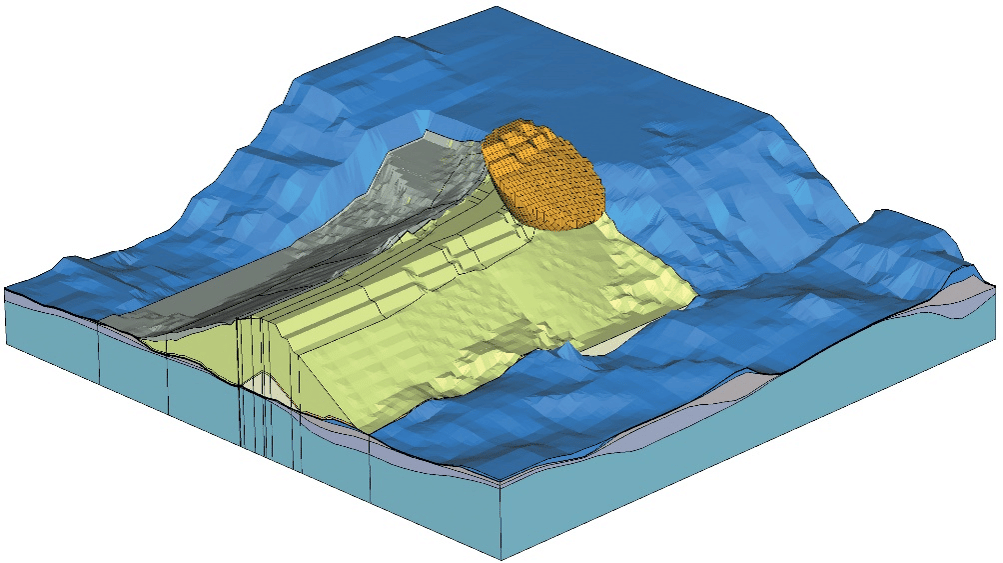
Analyze slopes with various methods
Calculate safety factors and increase accuracy using 3D analysis of site geology to ensure infrastructure safety and reliability. Perform analysis with limit equilibrium method of slices or stress-based methods. Choose from classic method of slices like Bishop, Janbu, Spencer, Morgenstern-Price, GLE, and Sarma methods. Perform hybrid Kulhawy analysis by importing stress fields in 2D and 3D.
Analyze slopes with various methods
Calculate safety factors and increase accuracy using 3D analysis of site geology to ensure infrastructure safety and reliability. Perform analysis with limit equilibrium method of slices or stress-based methods. Choose from classic method of slices like Bishop, Janbu, Spencer, Morgenstern-Price, GLE, and Sarma methods. Perform hybrid Kulhawy analysis by importing stress fields in 2D and 3D.
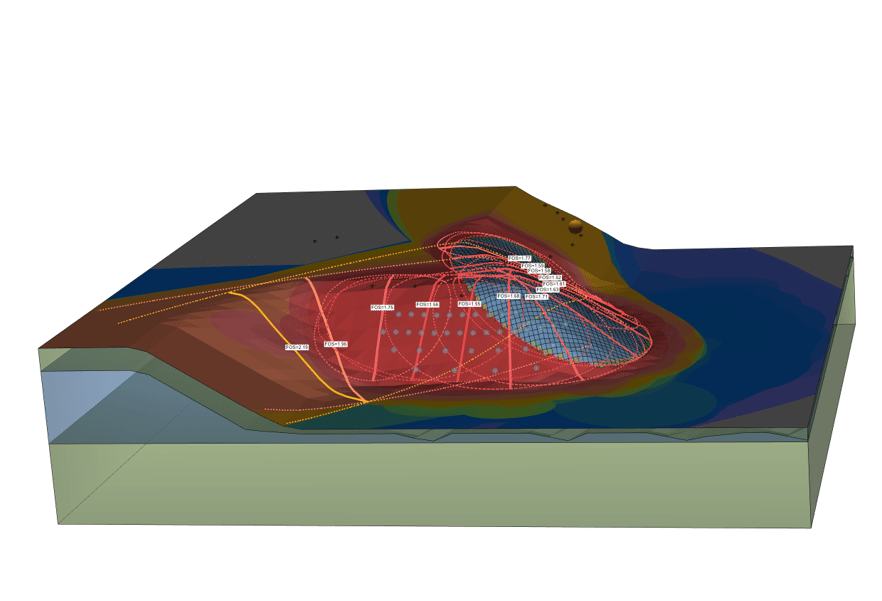
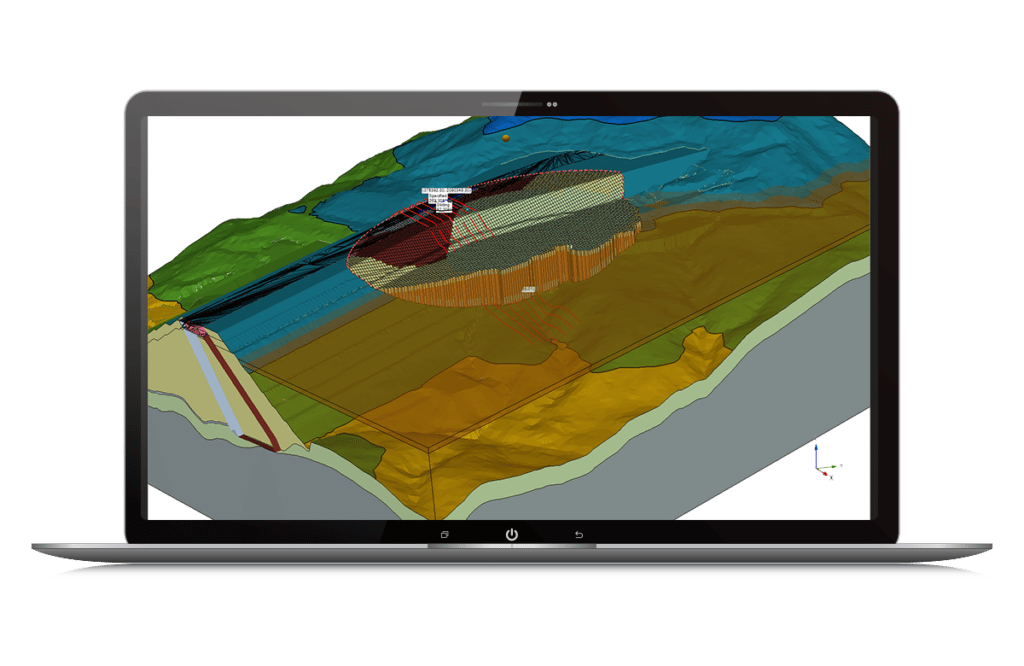
Analyze saturated or unsaturated soils
Provide stable analysis of groundwater flow in saturated or unsaturated soils. Consider staged construction and excavation modeling scenarios.





